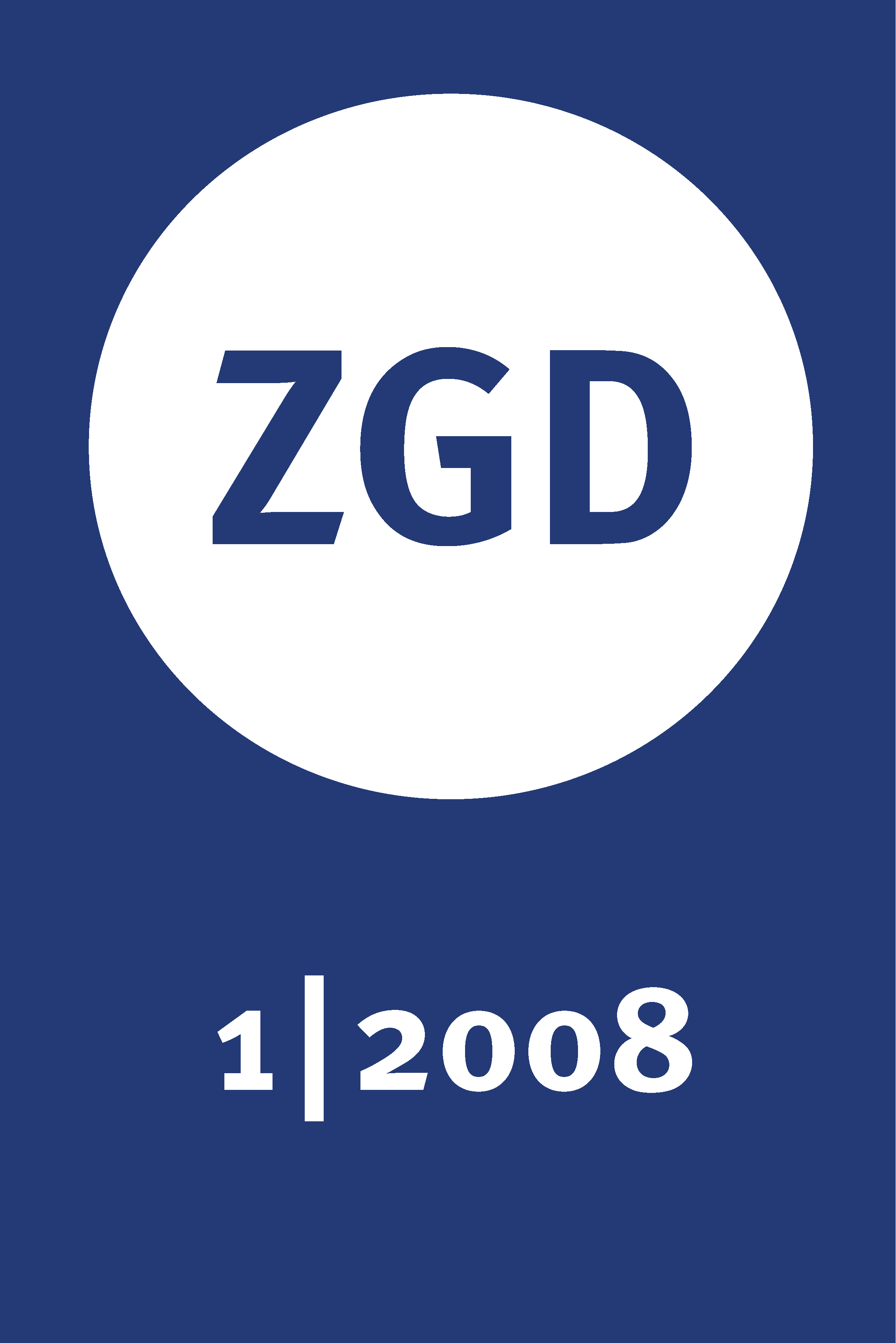Text oder Karte? Ergebnisse einer empirischen Untersuchung zur Effektivität der Kartenarbeit im Geographieunterricht
DOI:
https://doi.org/10.60511/zgd.v36i1.211Abstract
The OECD Programme for International Student Assessment (PISA) reveals shortages in literacy of German students. The PISA results raise the question, whether this shortage also applies to the students' capacities of map reading. Using maps or cartographic visualizations is very common to qualify students to a differentiated perception of the living conditions on earth. Maps are very important to gain qualified literacy ("graphicacy") and to understand spatiotemporal processes. Map reading requires capacities, which – similar to the term "literacy" of the PISA – are organized in several steps. An experimental analysis in grammar schools shows that maps are not necessarily suitable for pupils' understanding of complex spatial structures. The advantages and disadvantages of using maps or texts in geography lessons should always be weighed up against each other.
Downloads
Veröffentlicht
Zitationsvorschlag
Ausgabe
Rubrik
Lizenz
Copyright (c) 2023 Zeitschrift für Geographiedidaktik - ZGD

Dieses Werk steht unter der Lizenz Creative Commons Namensnennung - Nicht-kommerziell - Keine Bearbeitungen 4.0 International.







